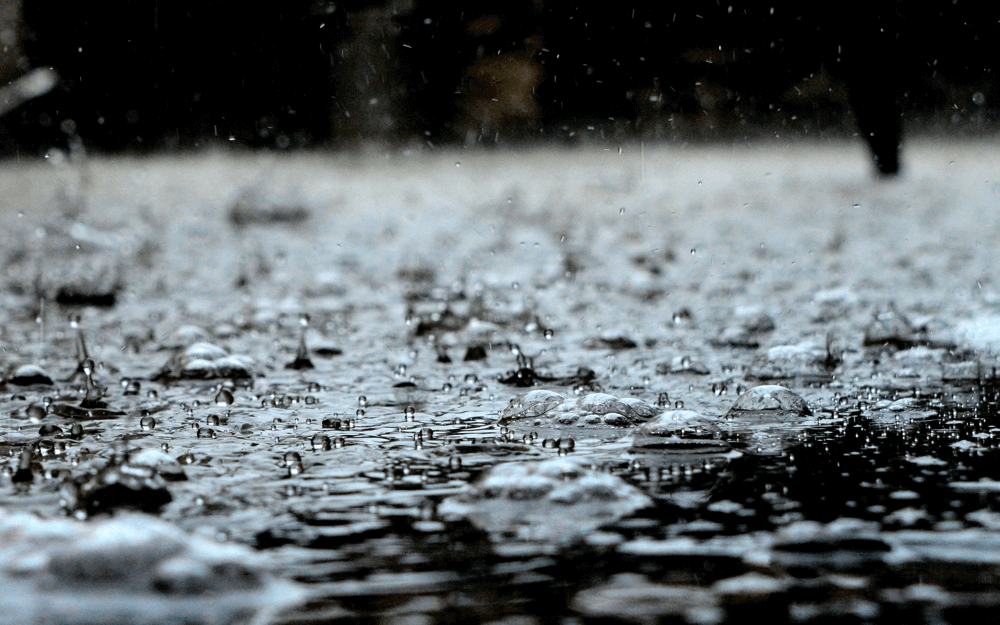
It’s easy to think that as soon as the rain starts falling, it’s the wrong time to ride your motorcycle. But with the right gear and know-how, there’s no reason you and your bike need to stay indoors. Here are some tips to help you ride safely in the wet.
Gear
Given your exposure to the elements while riding a motorcycle, you want to ensure you’re wearing the right kind of gear to keep you warm and dry. Waterproof gear is essential, including gloves, boots, pants and jacket, and given that you want to be easily seen in poor conditions, high-visibility wear is important. An anti-fog face shield is also vital, as the condensation inside your helmet will quickly impair your ability to see properly.
Acceleration and handling
Slow and steady riding, including accelerating smoothly, are the key to ensuring you don’t slip and slide on the road. Throttle adjustments should be made carefully and steadily, so that the tyres don’t skid. Cornering should also be performed at a lower speed than in drier conditions, with less lean, as the bike will more easily slip out from underneath you. Importantly, don’t brake at the last moment, but ease into it gently; in the wet, you’ll need to be even more conscious of the traffic ahead of you.
Obstacles
With rain, there is often wind, which can blow tree branches and other obstacles onto the road, creating potential hazards. Road fixtures such as tram tracks can also become incredibly slippery, so it’s best to avoid them as much as possible, or only cross them at an angle so that the least amount of tyre is in contact with them at any one time. A good rule is to avoid anything on the road which appears overly shiny, such as manhole covers, oil slicks or painted lines, as these will increase the possibility of slippage.
Traction
Given that the rain creates a barrier between your bike’s tyre and the road, you want to decrease that barrier as much as possible. For this reason, if possible, it makes sense to follow the tyre tracks of vehicles in front of you (at a safe distance, of course, as you’ll need a longer stretch of road to slow down).
Know your (and your bike’s) limits
If you don’t feel too comfortable riding in wet conditions, or if your bike’s tyres are starting to wear out or are not pumped to the correct pressure (or are over-inflated), you’ll need to be extra careful while riding in the wet. Making sudden movements or riding in a jerky fashion with hard braking or quick turns will often not end well for you or your motorcycle in the wet.
Be wary – and considerate
While this golden rule applies at the best of times, it is doubly important when road conditions are poor. Once rain starts falling, some road users will adapt to the conditions while others may not, so it pays to be more vigilant. It’s also vital that you give other riders/drivers some space and don’t ride too aggressively or closely; check your mirrors when braking, don’t assume people can see you, and always remember to relax, but stay very wary of your environment and considerate of everyone else on the road.
